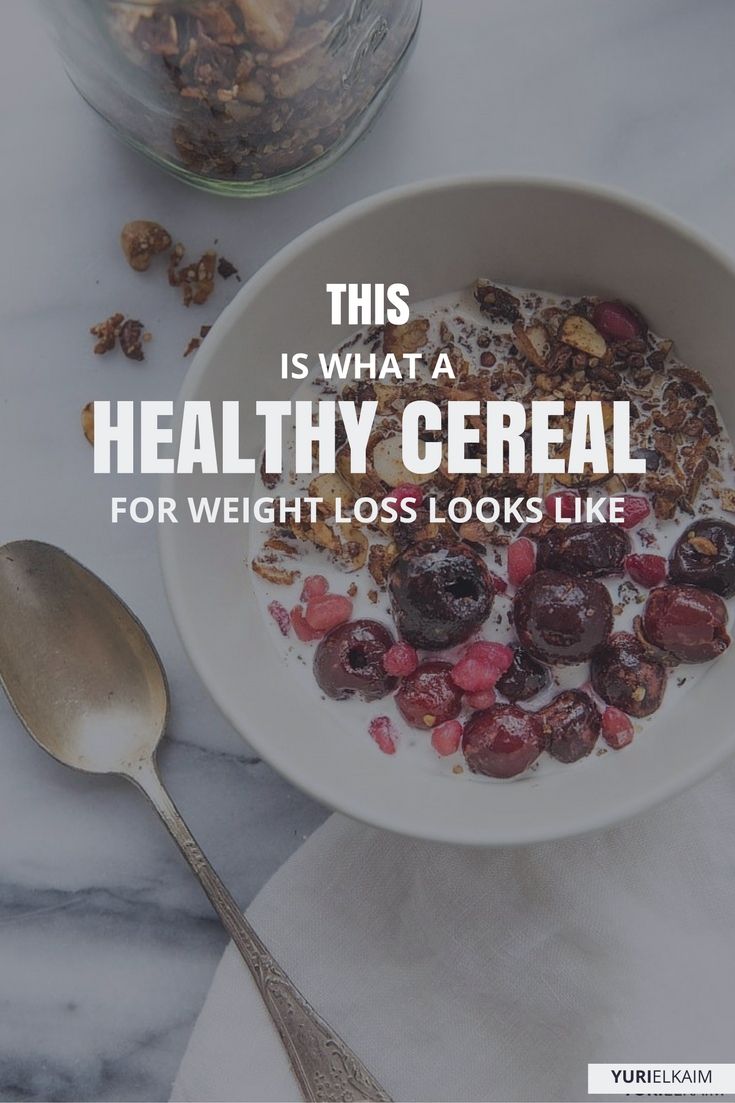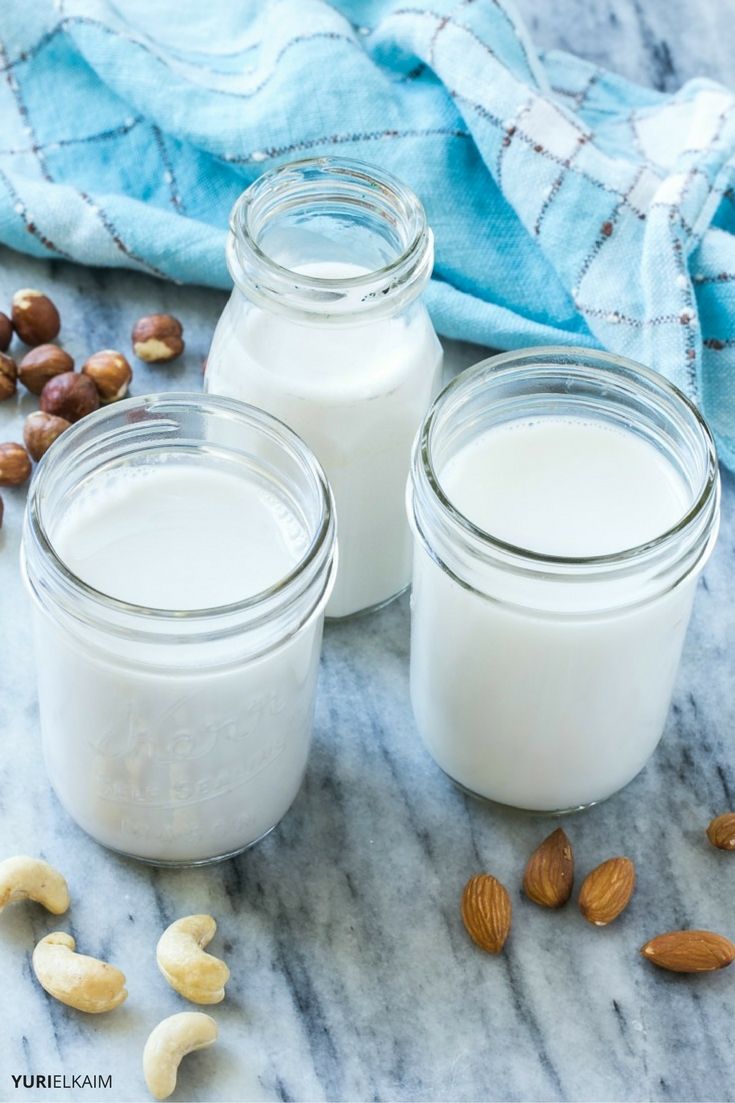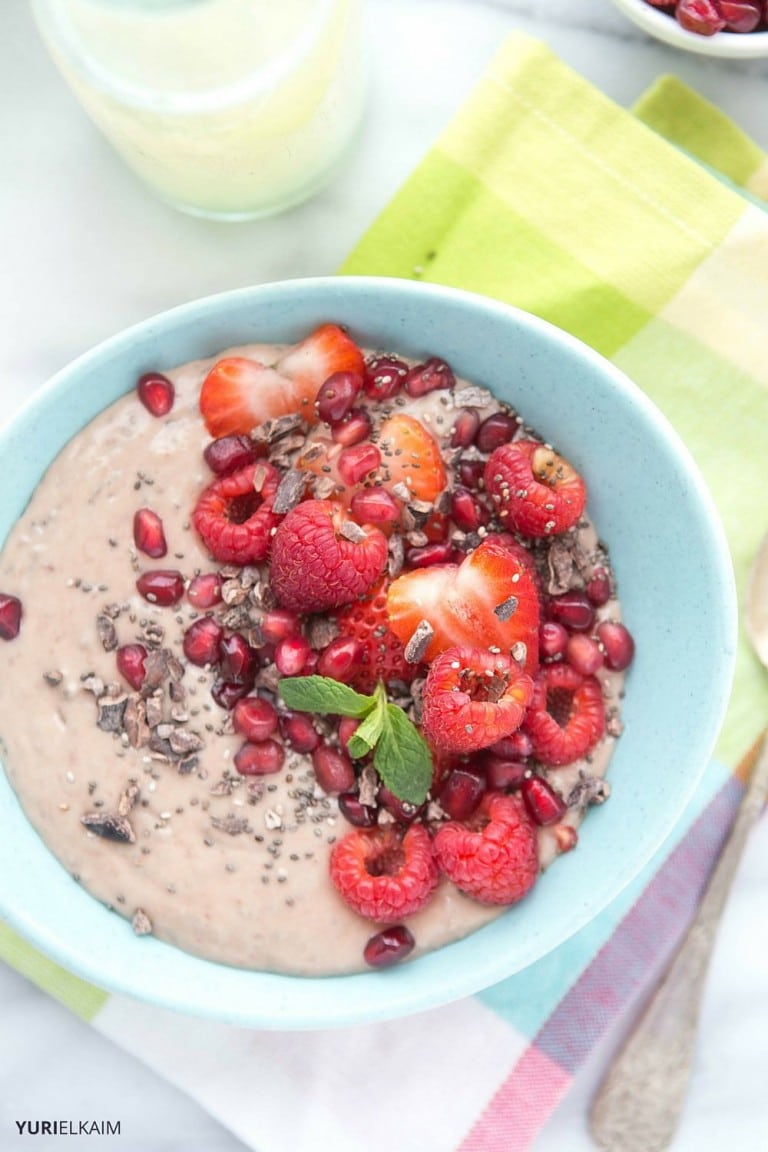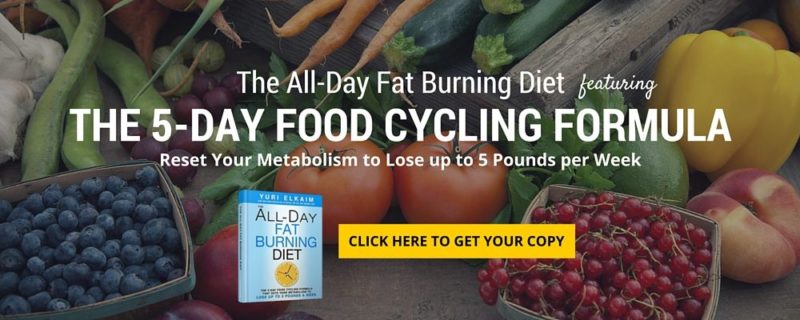We’ve all seen cereal boxes with health claims in big, bold letters: “multi-grain,” “high fiber,” or “all-natural.” But are any of these options truly a healthy cereal for weight loss? Balanced? Or even worth eating?
In this article
And then there are the packages featuring Olympic athletes beaming down at us from the cereal aisle, claiming that the cereal inside is “the breakfast of champions.”
We’ve even seen our fair share of commercials geared toward kids with cartoons promoting cereal as part of a balanced breakfast.
The truth is that most of the cereals you’ll find at the store are pumped full of processed ingredients that manufacturers add in favor of flavor and profit rather than your health.
[Related: The 8 Worst Breakfast Foods to Eat in the Morning]
Is cereal good for weight loss?
Cereal can be effective for weight loss if chosen wisely, focusing on options that are high in fiber and protein and low in sugar. However, it’s important to be cautious about the ingredients in many prepackaged cereals.
For instance, high-fructose corn syrup is commonly found in many cereals and granola. It’s cheaper and sweeter than sugar, which makes it popular among manufacturers, but it may also increase sugar cravings.
Furthermore, many processed cereals contain lectins, carb-binding proteins that serve as a defense mechanism for plants. Lectins are hard for our bodies to digest and can cause small tears in the intestinal lining, potentially preventing the absorption of essential nutrients.
Research supports choosing healthier cereal options. In fact, a Purdue University study demonstrated that replacing regular meals with low-fat, low-calorie cereals can significantly cut daily calorie intake, leading to an average weight loss of about 4.4 pounds over two weeks.
There’s even a Special K diet which claims that you can lose up to six pounds in two weeks by having cereal or other Special K products for breakfast and lunch, followed by a regular dinner.
What is the healthiest type of cereal?
Whole grain cereal: Choose cereals that are prominently labeled as “whole grain” and are high in dietary fiber but low in added sugar. Examples such as shredded wheat and bran flakes.
Oatmeal: Favored by cardiologists, this warm cereal is rich in fiber, vitamins, and minerals. The American Heart Association links it to cholesterol reduction and weight management.
When choosing breakfast cereals, the following brands tested excelled both in nutrition and flavor:
- Nature’s Path Organic Heritage Flakes
- Post Grape-Nuts Flakes
- General Mills Cheerios
- Post Great Grains Raisins, Dates & Pecans
- General Mills Total
- One Degree Organic Foods Sprouted Ancient Maize Flakes
- General Mills Wheaties
- Kind Honey Almond
- Post Grape-Nuts Original
- Barbara’s Multigrain Spoonfuls Original
My recommendation: Use plain oatmeal as a foundation and add fruits and nuts. Try to avoid pre-flavored oatmeal varieties that include ingredients like brown sugar and cinnamon.
How to make a healthy cereal for weight loss
Good news for cereal lovers: despite the fact that most of the cereal you’ll find at the grocery store is high in sugar, artificial colors, and corn syrups, cereal isn’t inherently bad. With a few quick fixes, you can still enjoy this classic breakfast favorite. This is how I would make a healthy cereal for weight loss:
1. Pick a solid base
Most commercial cereals are sugary, carb-heavy, and offer little in the way of nutrition. Instead, ditch the cereal aisle and make your own healthy base for your cereal. Chopped walnuts, shredded coconut, and ground flax seed all make great “foundations” for your cereal.
Not only do these alternatives add more nutrients, heart-healthy fats, and fiber, but they also add even more flavor. Your taste buds will thank you.
My recommendation: Unsaturated fats should be a core component of every meal, including breakfast. Add a slice of avocado, a handful of unsalted nuts, or a sprinkle of chia seeds to take advantage of the nutritious benefits of healthy fats.
2. Pile on the protein
Remember, protein should be a main component in every meal. It is, after all, what keeps us energized, and focused throughout the day. It also keeps us full, so it’s critical for any healthy cereal for weight loss.
A dash of almonds, a pinch of hemp seeds, or a scoop of my protein powder can keep protein at the center-stage of your breakfast.
My recommendation: Start your day right by squeezing in at least 20 grams of protein.
3. Fill it with fiber
Fiber plays a crucial role in healthy weight management for several reasons, and adding it to cereal can make it a more effective food choice for weight loss.
Like protein, fiber is key to blocking cravings and preventing overeating. Nuts, seeds, and fruits are all great sources of fiber and perfect breakfast additions.
Raspberries, blackberries, apples, and peaches are all low in sugar but high in fiber (and flavor). A handful of fruit can give your breakfast an upgrade, both in nutrition and in taste.
My recommendation: Always fit in some fiber in the morning. Vegetables are a great source of fiber (and lots of other nutrients), so try to add in some veggies when able. Green smoothies, omelets, and frittatas are all excellent ways to sneak in a few vegetables and meet your fiber quota for the day.
4. Choose a healthier milk
For some, it’s hard to imagine a bowl of cereal without the milk. If that’s the case for you, make sure you’re picking your milk wisely.
Going dairy-free can help you avoid the slew of antibiotics, hormones, and digestive problems that can come with cows’ milk.
To get the most out of your breakfast, opt for dairy-free milk, like rice, coconut, or almond milk.
5. Top it off
What you top off your cereal with can really take your breakfast to the next level. Maca powder, goji berries, and cacao are all awesome ways to cram in extra nutrients and disease-fighting antioxidants, plus add a bit of flair to your cereal.
Why your first meal counts
While store-bought cereal might not be the best choice, breakfast can still be a great way to start the day. In fact, research continues to emerge supporting the benefits of a nutritious breakfast in the morning on many aspects of health. Remember, of course, that everyone is different.
While some of us can’t imagine a morning without breakfast, stopping to eat every morning just doesn’t work for others. Listen to your body and do what feels best to you.
If you are a breakfast eater, here are a few of the possible benefits to your morning meal (but again, everyone is different – it’s important to test what works best for you):
It keeps blood sugar levels steady.
Eating a healthy breakfast in the morning is crucial to prevent hypoglycemia and keep blood glucose normal. Recent studies suggest that skipping breakfast can lead to spikes in blood sugar later in the day, even after lunch or dinner. (1)
It can help keep the weight off.
Breakfast is intended – as its name implies – to break the fasting state between dinner and lunch. When you skip breakfast, your body remains fasting. When you finally do eat lunch, your body might hold onto the energy and store it as fat, unsure of when the next meal will come.
This can be especially true if you start skipping breakfast when your body is accustomed to it. For those of us susceptible to mid-morning cravings, a healthy breakfast can also keep us on track and prevent over-eating throughout the rest of the day.
A solid, nutrient-packed breakfast will prevent this and can be used as energy to push you through the morning.
It can mean a healthier diet overall.
There’s evidence that suggests that breakfast eaters have a better diet quality. Those who skip breakfast tend to eat more snacks, drink more soda, and are more likely to overeat during the night. Non-breakfast eaters are also more likely to be overweight or obese than those who eat breakfast (2).
While the association between diet quality and eating breakfast remains unclear, it’s likely because breakfast can be used to add in nutrients, curb cravings, and keep energy levels up.
Those are just a few great reasons to start each morning with a healthy breakfast.
Frequently Asked Questions (FAQs)
Is cereal okay for weight loss?
Yes, cereal can be part of a weight loss diet if chosen correctly. Opt for cereals that are high in fiber and protein but low in sugar and calories. These types of cereals help increase satiety and reduce the likelihood of overeating later in the day.
What are the top 5 healthiest cereals?
The healthiest cereals are those that are whole grain, low in sugar, and high in fiber. Some of the top choices include:
- Oatmeal
- Shredded Wheat
- Puffed Whole Grains
- Bran Cereal
- Muesli
What is the best breakfast for weight loss?
The best breakfast for weight loss is one that is high in protein and fiber, as these nutrients help control hunger and keep you satisfied for longer. Options include:
- Greek yogurt with nuts and berries.
- A smoothie made with spinach, protein powder, and a small amount of fruit.
- Eggs with vegetables and a side of whole-grain toast.
- Cottage cheese with sliced peaches and chia seeds.
- An omelette filled with veggies and paired with a slice of whole-grain bread.
Start the Day Right
How we start each morning can make a big impact. What you have for breakfast can have significant effects on mood, energy, and overall health. Most importantly, making smart choices with what you put into your body at the beginning of the day can set a healthy course for the rest of the day.
Next time you’re in the mood for a good old-fashioned bowl of cereal, skip the grocery store and head for the kitchen to make your own healthy version, especially if you aim for weight loss.
It’s guaranteed to get your day off to a great start.
Burn Fat All Day
Want to know how to turn your body into a fat-burning machine? There are a few strategies you can employ to help your body burn off its stored fat, while sculpt lean muscle.
It’s not about deprivation. It’s about working with your body’s systems to help them get rid of unwanted fat.
Sound good? You’ll definitely want to check out the All Day Fat-Burning Diet. Click the banner below and see how it works!





